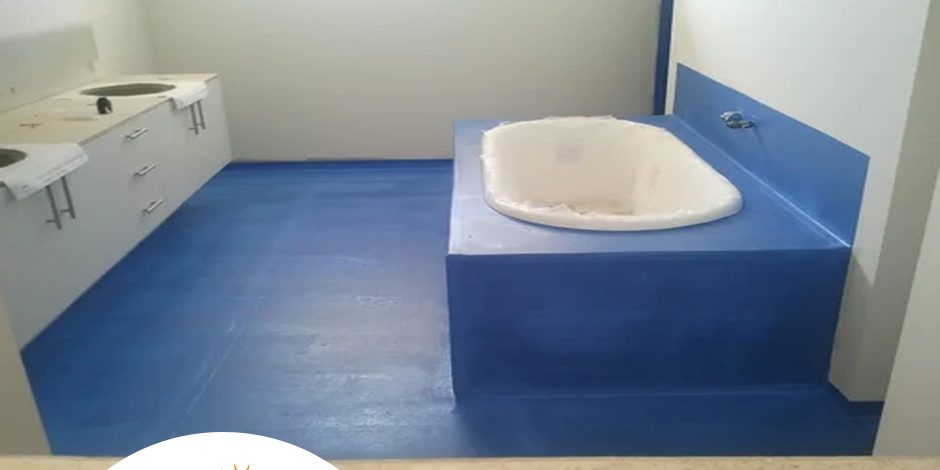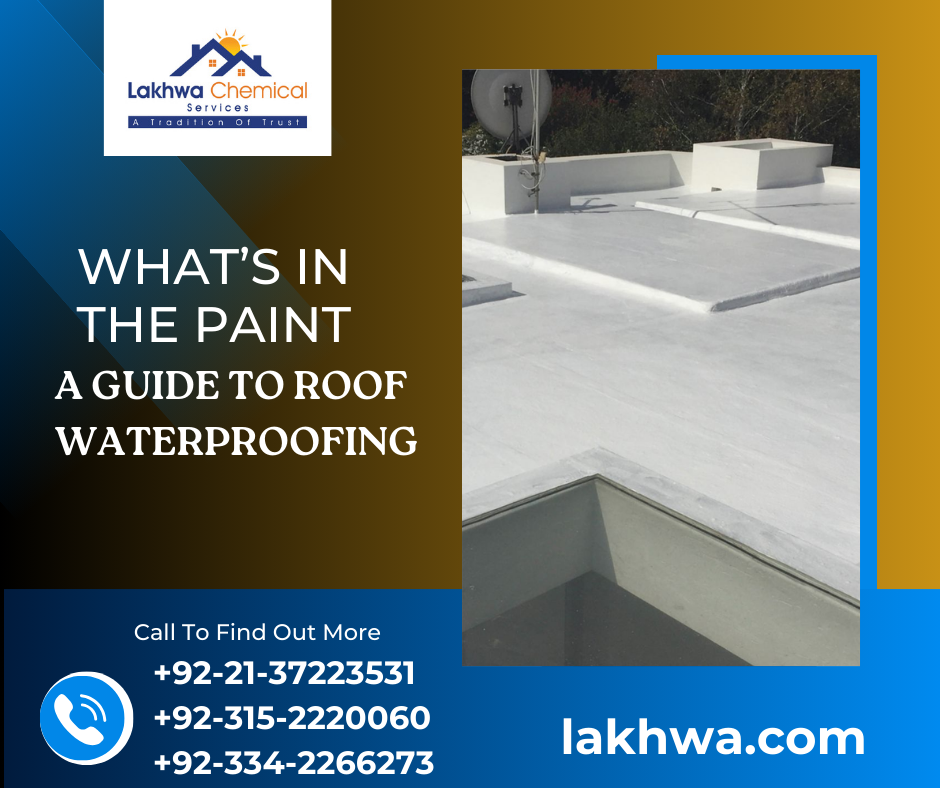How bathroom waterproofing take to dry, did you know that restrooms are prone to leakage, irrespective of the materials or construction style? That’s why the process of waterproofing is deemed important by experts. Water can seep through the foundation or walls from cracked pipes, soil, and other sections, creating unhygienic conditions for people. Moreover, it can cause mold and mildew growth, structural damage, and cracked tiles.
When it comes to bathroom waterproofing take to dry, use the two main products.
- Tanking membrane
- Flexible wall membrane
However, one common question that arises in the minds of the customer is the drying time of the membrane. In other words, after how much time can the restroom be used? The drying time of bathroom waterproofing varies, depending on several factors, including waterproofing materials, environmental conditions, and the coating thickness.
Waterproofing Membranes
Membranes are available in different designs and characteristics, Examples include liquid membranes, sheet membranes, and cementitious coatings. Liquid membranes, such as epoxy or polyurethane coatings offer excellent water-resistance and durability. These coatings require 24 to 48 hours to dry completely.
Sheet membranes are made from PVC or bituminous compounds. These coverings provide a seamless and watertight barrier, withstand temperature fluctuations, and resist degradation of surfaces. Compared to liquid coatings, the drying time of sheet membranes is quicker, taking 12 to 24 hours on average.
Cementitious coatings, such as cement-based paints, are also useful for bathroom waterproofing. These coatings require a longer drying time unlike the other two: Cementitious coatings take 48 to 72 hours to dry thoroughly. It is crucial to allow sufficient drying time for cementitious coatings to ensure optimal performance and protection.
N.B. With regards to the drying process, manufacturer’s instructions and environmental conditions can alter the time frame.
Read More
Bathroom Leakage Effects on Your Health
Fixing Bathroom Leakage From Ceiling
Types of Household Leakages & How to Repair Them
Factors Affecting the Drying Process
There are two main processes involved in the drying process; the transfer of liquid molecules from the interior of a grain to the surface, and the evaporation of moisture from the surface to the surroundings. The rate of drying is determined by grain temperature, moisture content, air velocity, and other factors.
Following are some crucial pointers that relate to the waterproofing process:
Environment
Environmental conditions, such as temperature, humidity, and ventilation play a significant role in drying membranes. Higher temperatures and lower humidity promote faster drying, while cooler temperatures and high humidity can extend the drying time. Adequate ventilation is essential to facilitate the evaporation of moisture and expedite the drying process.
Thickness
Another factor that influences the drying process is layer thickness. Different issues, such as sagging, delamination, and wrinkling can surface with a thick coat. Make sure that the section is cooled with proper airflow. Use a fan or room AC for best results of Bathroom Waterproofing take to Dry.
Read More
How Long it Takes to Repair Bathroom Leakage?
Concealed Concrete Waterproofing for Bathroom
How Bathroom Waterproofing Helps to Increase Property Value?
Humidity
Increasing humidity levels are proportional to higher drying times. According to Matt Veazey, President of Rubber Polymer Corp, states that high humidity will take longer for moisture to evaporate from the waterproofing surface. There’s nothing one can do. Keeping a check on the weather conditions is also important. “if you know that it’s going to rain within some hours, it’s best to hold off spraying and have more drying time.”
Waterproofing surfaces help to reduce humidity levels in homes and offices, leading to increased relaxation and satisfaction. Moreover, mildew and mold growth is also restricted.
Conclusion
The drying time for bathroom waterproofing depends on the waterproofing material, environmental conditions, and the coating thickness. Liquid membranes require 24 to 48 hours to dry, sheet membranes take around 12 to 24 hours, and cementitious coatings need 48 to 72 hours. Environmental factors such as temperature, humidity, and ventilation can affect drying time, so it’s important to manage them. Adequate drying time can ensure the effectiveness of the membrane application and promote a durable and water-resistant bathroom environment.
If you find a source of leakage in the restroom or basement, contact Waterproofing.pk today.







